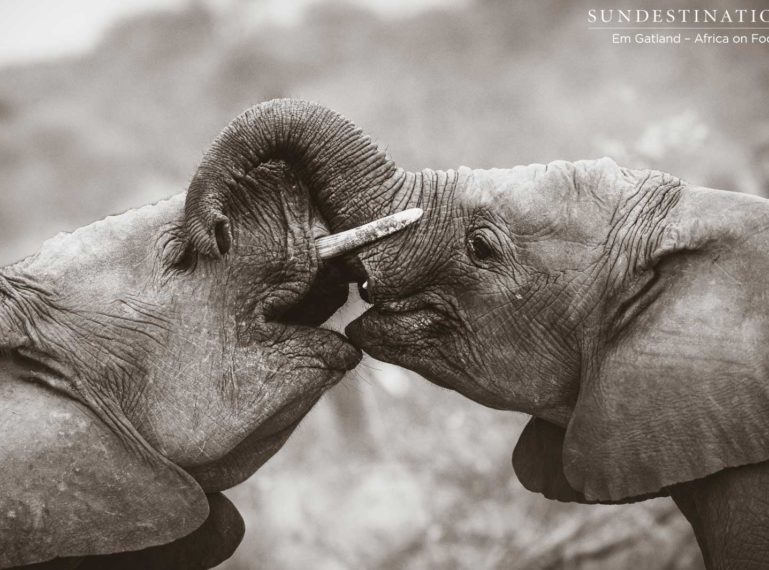
They are the world’s largest land mammals, they are descendants of mammoths, they are the rightful owners of ivory. Elephants have captured the hearts of animal-lovers around the world. They have, unfortunately, been the spectacle of many a circus throughout history, and they have come back from the brink of extinction. These incredible creatures have been documented mourning their dead, and they display emotional intelligence beyond human expectation. How could we not boast about our privileged lives among these African giants? Seeing elephants in the wild is an honour, and to watch them is an enriching experience for anyone. Guests at Africa on Foot received that honour this morning on game drive…
This week at Africa on Foot, our guests have enjoyed watching elephants engage as tussling youngsters, cover themselves in plumes of Klaserie dust, tug at branches, pluck leaves from the trees, and gulp down litres of water through their versatile trunks. The population of elephants fluctuates with the availability of water, as these mammals migrate to stay near water and a good supply of foliage to feed on. During times of drought – like the current drought we are experiencing – we are lucky to water around at Twin Pans, which has been a real hotspot for wildlife lately (see what we’ve caught on camera trap!).
Elephant cows carry their young in their wombs for 22 months – almost 2 years – and there are usually 3 years in between calfs. These precious bundles are cherished by the entire herd, which is normally made up of the mother’s sisters and daughters and pre-adolescent sons. Female elephants are the matriarchs – the oldest (and therefore, the wisest) cow reigns as matriarch until she eventually passes the responsibility onto their eldest daughter. Being the matriarch means leading the herd, knowing where and when to find water, and where to find food during a drought.
Male elephants leave their family herds once they reach puberty and go off in search of cows to mate with. These males are also in search of guidance and leadership, and we will often find them as ‘askaris’, hanging around a big old bull who will pass down his teachings to the young males embarking on life on their own. Sometimes, breeding herds with small calfs are uneasy and protective over their babies, so getting close to them is out of the question. It is in times like these that we can appreciate the relaxed attitudes of old bulls who have spent many 10s of years in the Kruger, and allow us to get close enough to admire him in detail. There is always time to celebrate the great, African elephant.
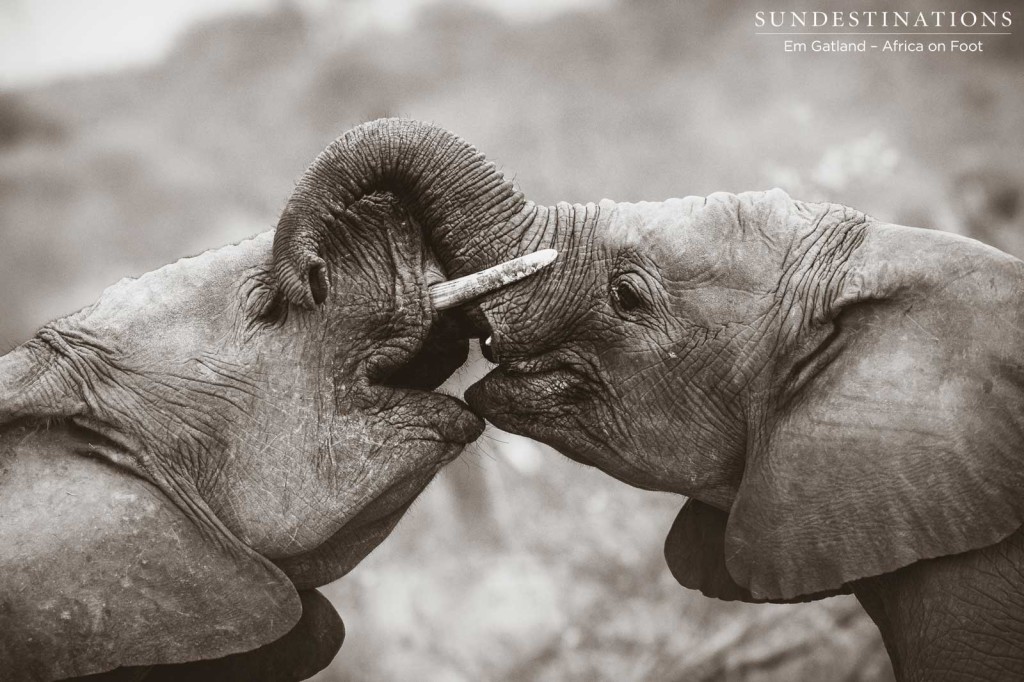
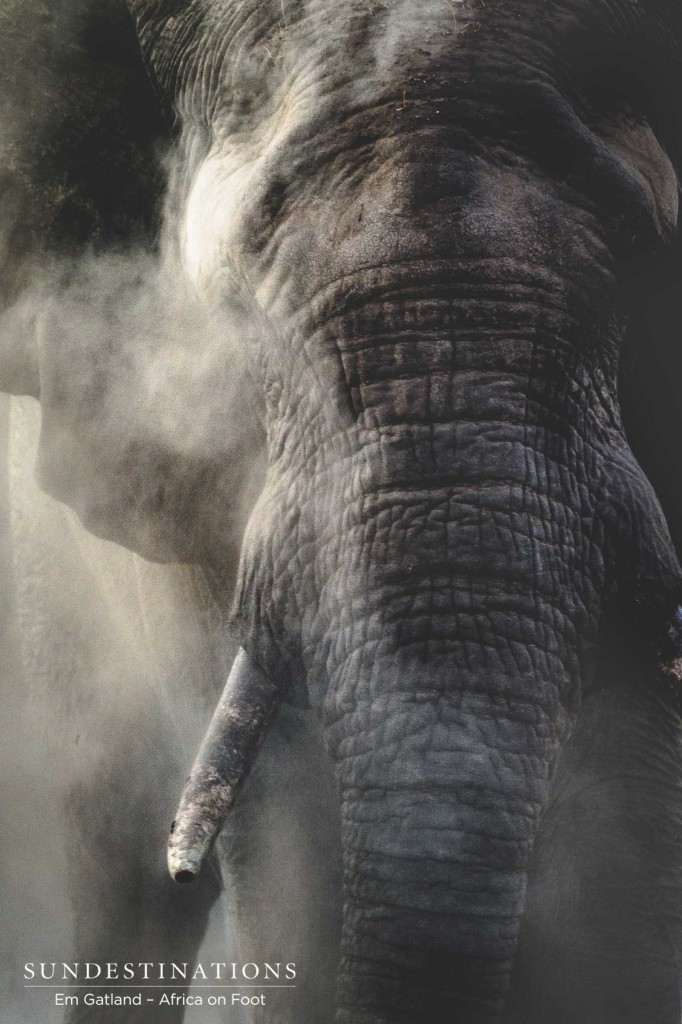
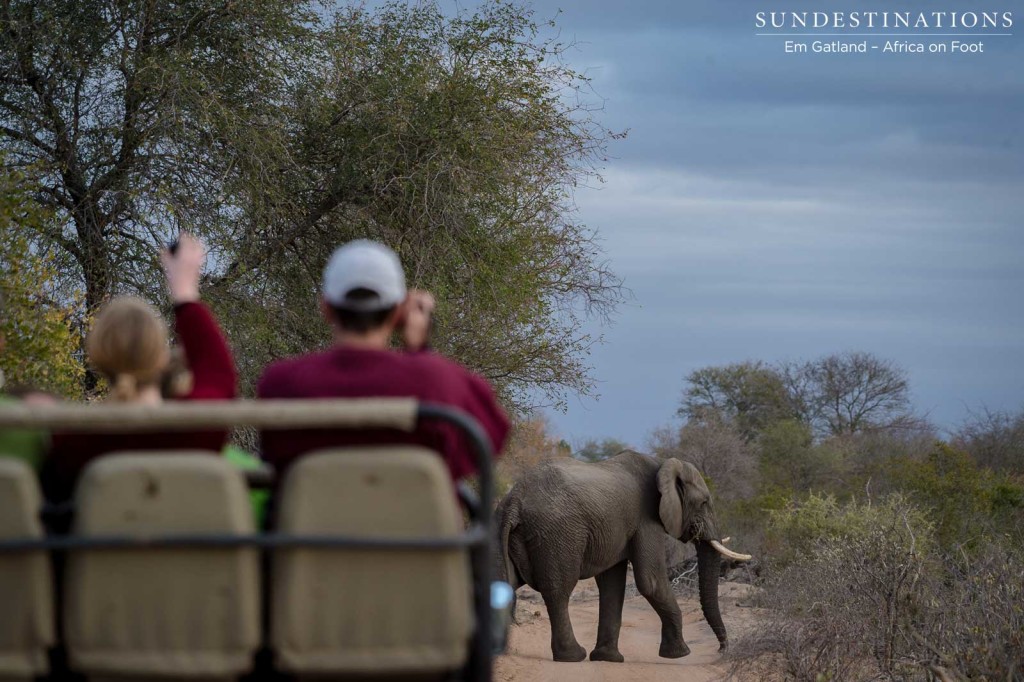
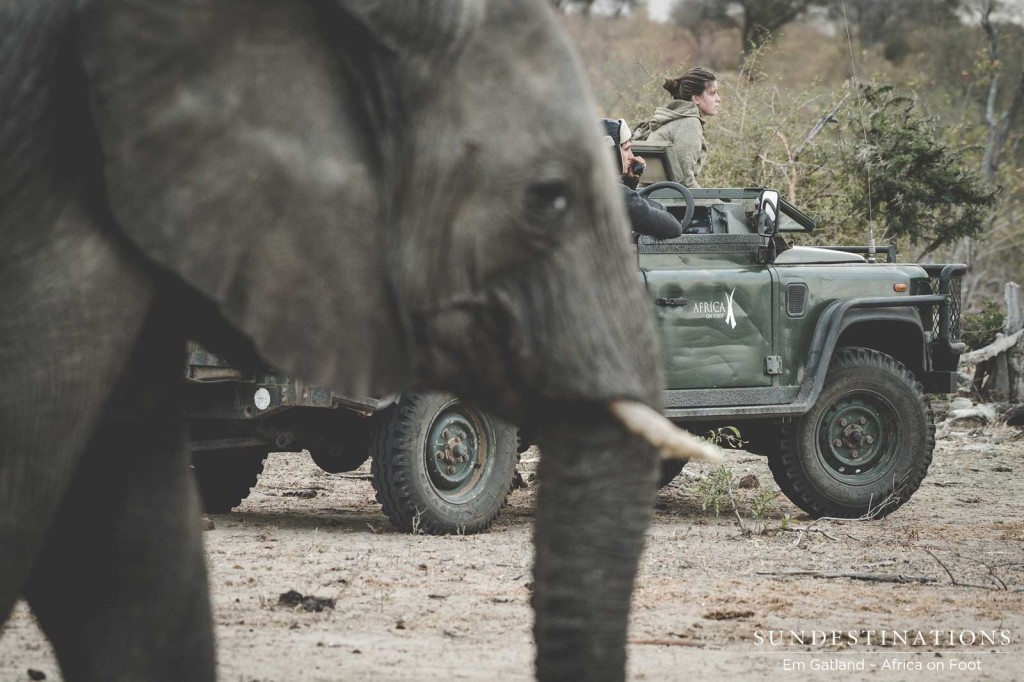
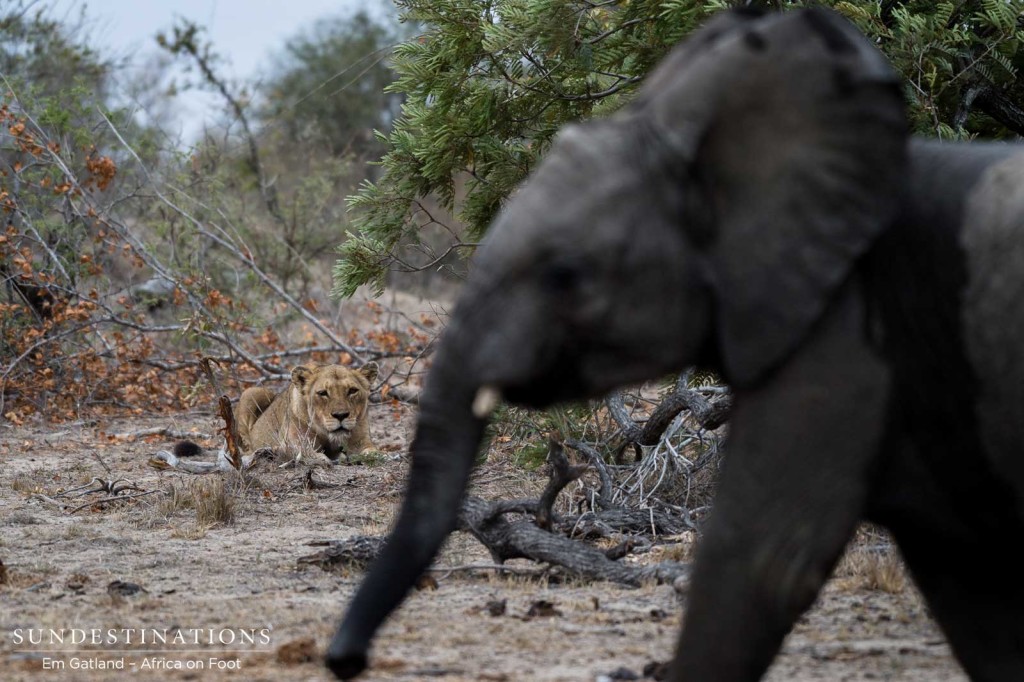
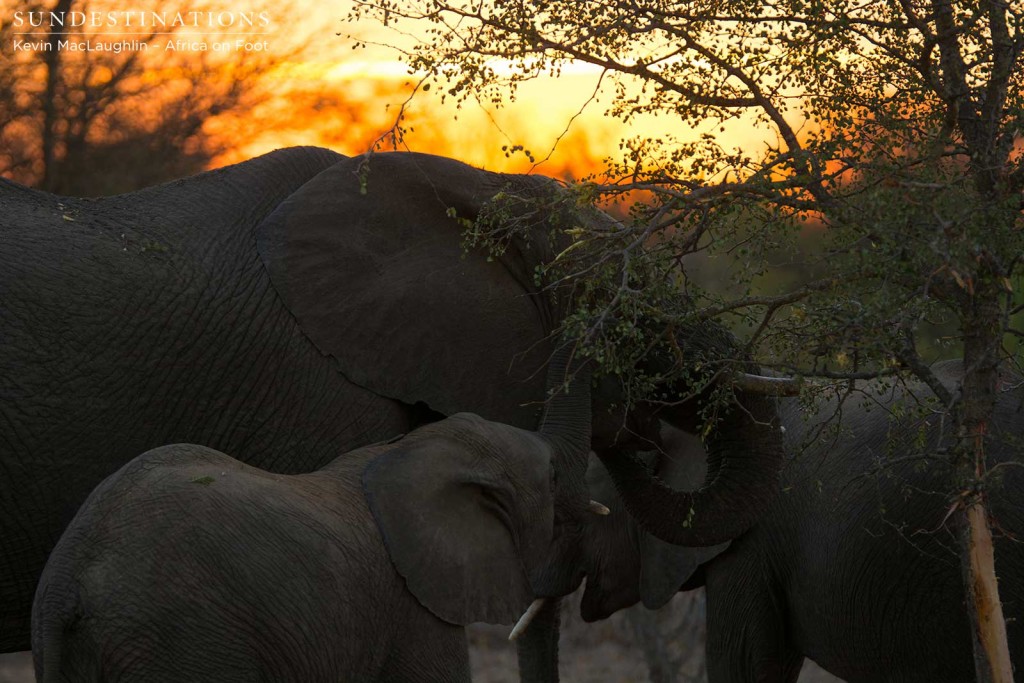
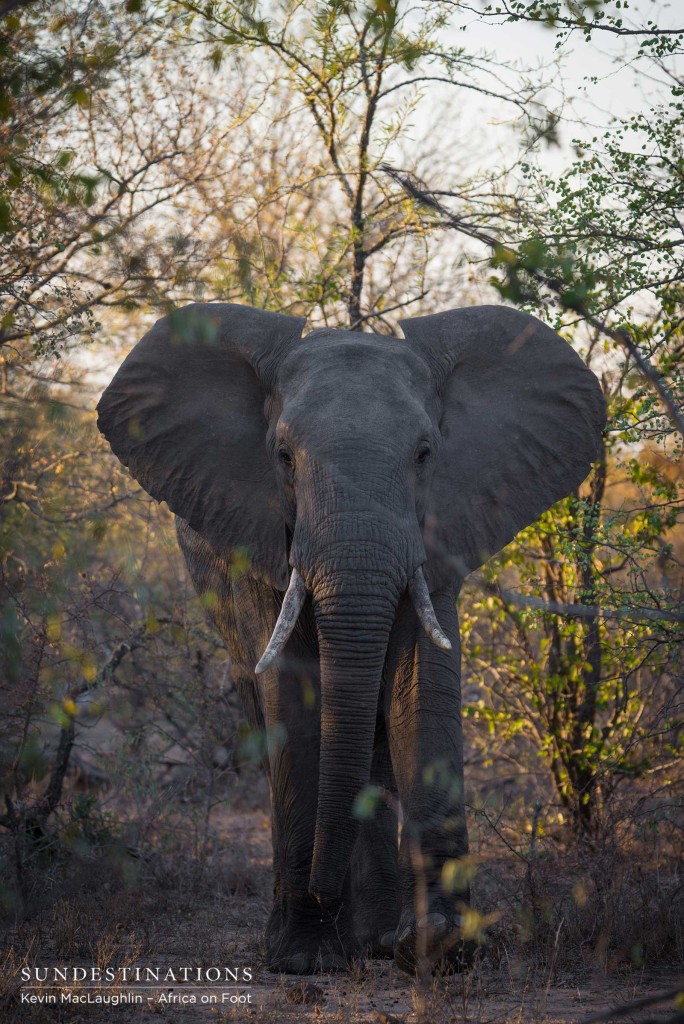
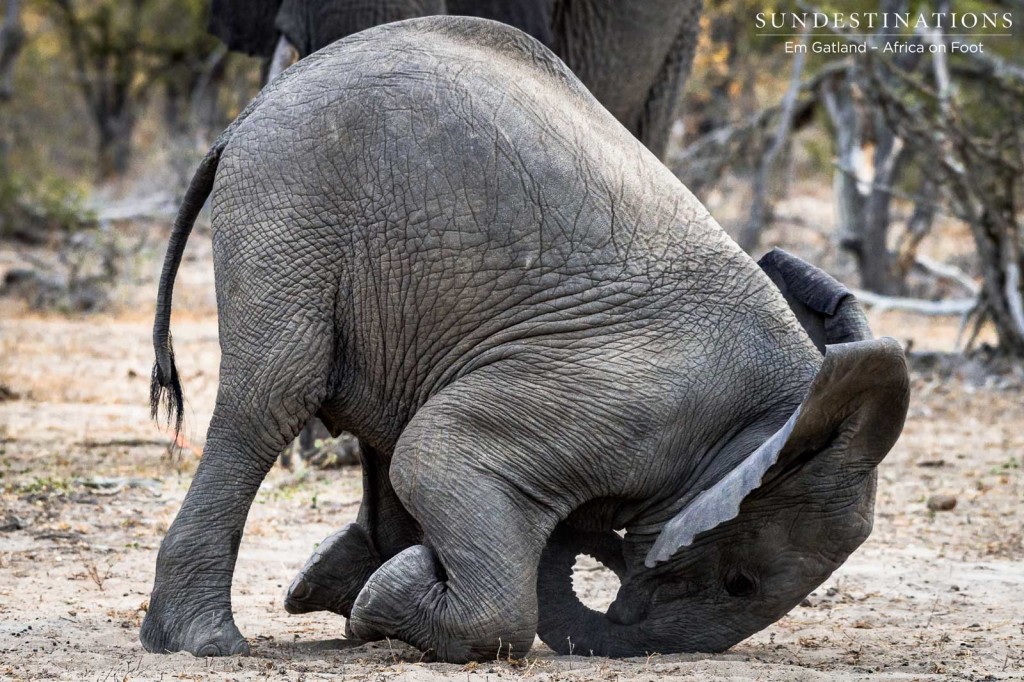
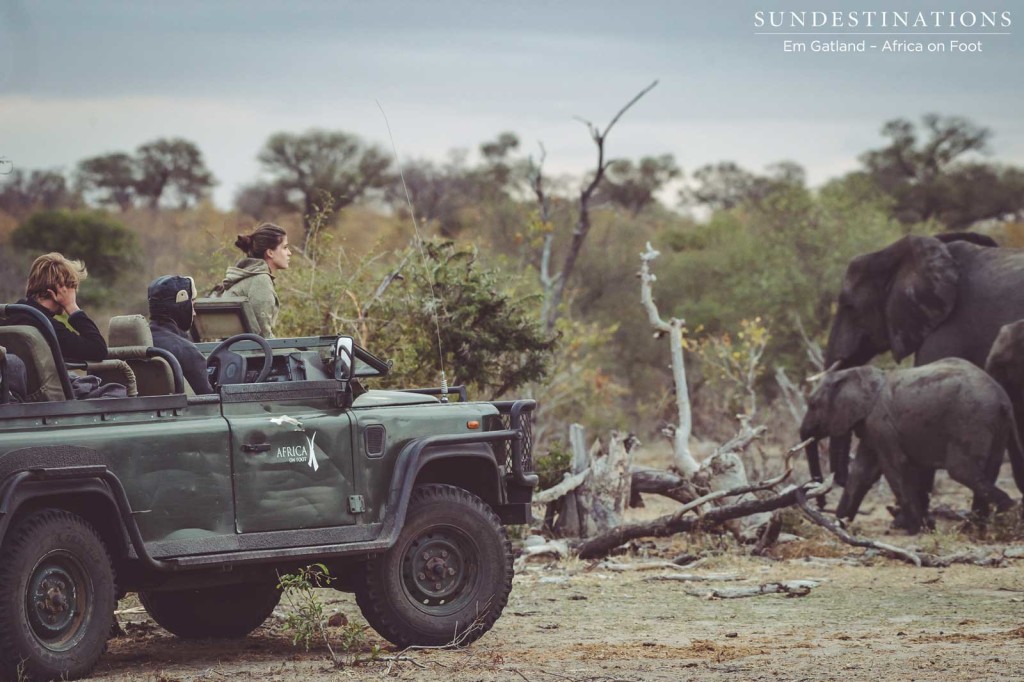
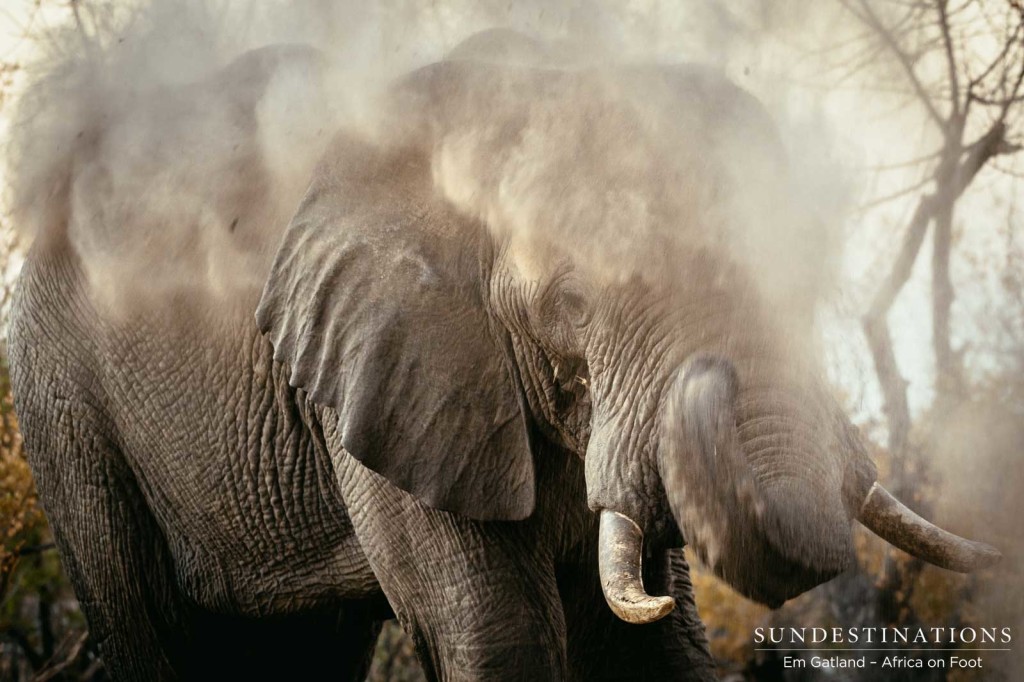
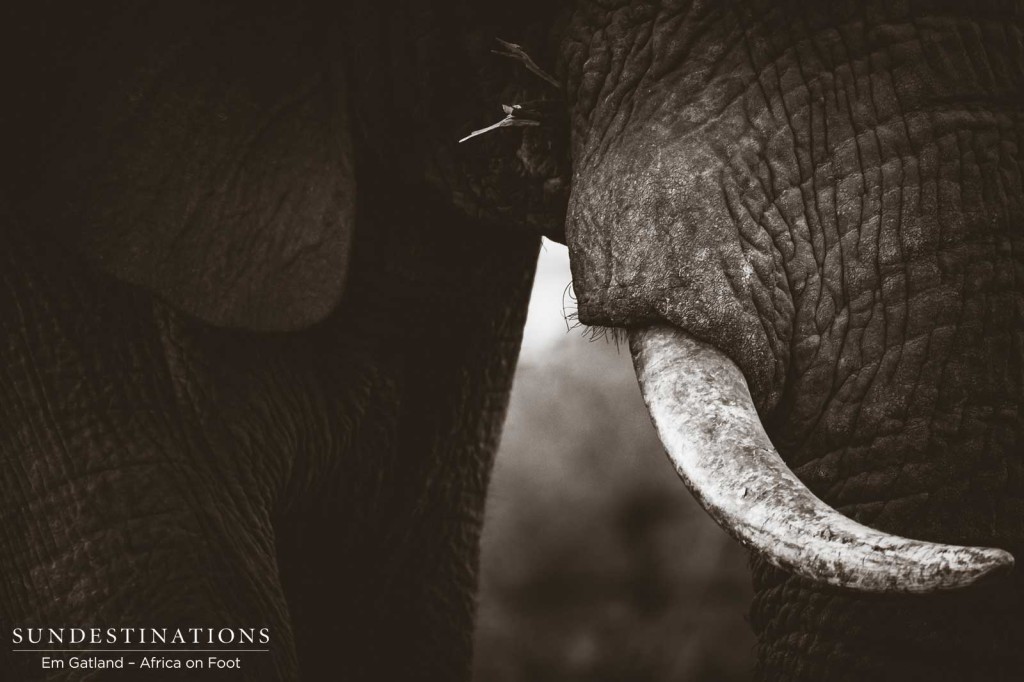
Leave a Comment